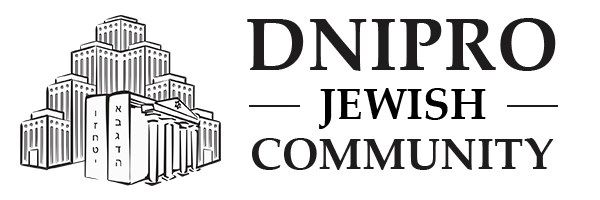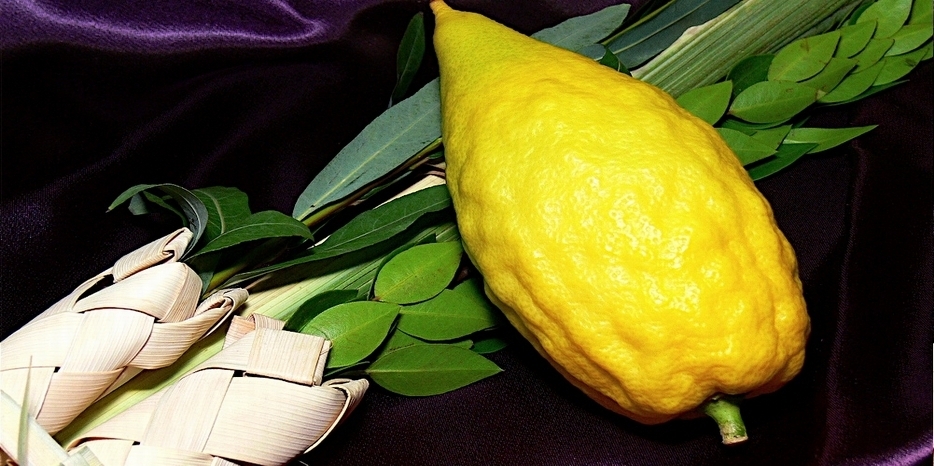Preparing for Sukkot. How to Choose the “Four Kinds” and Properly Fulfill the Mitzvah of “Netilat Lulav”
One of the most important mitzvot of Sukkot is the mitzvah of the four kinds, “arba minim.” It is based on the Torah text: “And you shall take for yourselves on the first day of the festival the fruit of a noble tree, branches of palm trees, and the shoots of leafy trees, and willows of the brook; and you shall rejoice before the Lord your God seven days” (Vayikra 23).
The Oral Torah explains that the “fruit of a noble tree” is the etrog (a special type of citrus fruit); the “palm branch” is the lulav, the young shoot (not yet in full bloom) of the date palm; the “leafy tree” is hadas (myrtle); The “river willow” is an arava (weeping willow), whose branches have a reddish tint and long, smooth-edged leaves.
The laws surrounding the kashrut of the four plants are so complex that many, when purchasing them, prefer to consult a rabbi or order a set with a reputable kosher certificate (in Dnipro, it’s best to buy such sets at the Judaica store).
It’s best to have your own set of “arba minim” (some believe that the Torah’s verse, “And take for yourself…,” implies that they should be the sole property of their owner). However, traditionally, those who possess a lulav and etrog are free to share with those who don’t, so that every Jew can fulfill the mitzvah of the “four plants” by giving “arba minim” “as a gift, subject to return.”
What to look for when purchasing and using “arba minim” is discussed in this short video.
All seven days of the holiday (except Shabbat) the blessing on the lulav and etrog is recited – preferably in a Sukka.
The mitzvah of Netilat Lulav is performed standing. The lulav (from here on we will refer to all three plants: lulav, aravah, and hadas, bound together) is held in the right hand, with the sderah (the side where the stem is visible) facing the one performing the mitzvah, and the etrog in the left. The blessing “He who commanded us to perform netilat lulav” is recited:
Baruch ata ado-nay elo-eynu melekh haolam asher kideshanu bemitzvotav vetsivanu al netilat lulav.
Then the etrog is attached to the lulav so that the top third of the etrog touches the bottom of the lulav. On the first day of the holiday, when the mitzvah of netilat lulav is first performed, the blessing is followed by the recitation of “she’echeyanu”:
Baruch ata ado-nay elo-eynu melekh aolam she’echeyanu vekiymanu veyigiyanu lizman azeh.
The “netilat lulav” itself consists of a complex series of movements: the lulav is held in the right hand, facing east, and holding it over the heart, the blessing is recited. Then, the etrog is held with the left hand and attached, stem down, to the bottom of the lulav. The arms are then extended toward the southeast, pressed to the chest over the heart, and these movements are repeated three times. Then they do the same, extending their arms in a northeasterly direction, then in an easterly direction, then raising their arms, returning them to their heart, then lowering them and returning them to their heart, then extending them in a southwesterly direction, and finally in a westerly direction. Each back-and-forth movement (in one of the six directions) is repeated three times.
The meaning of the commandment “concerning the four plants” is interpreted in various ways. First of all, the question arises: why were these four species chosen from among all the plant kingdom? One answer is because each of them is unique: “the fruit of a magnificent tree,” that is, the etrog, has a wonderful aroma and taste; “the shoot of a date palm,” the lulav, is taken from a tree whose fruit is sweet but odorless; “the branch of a leafy tree,” the hadas (myrtle), has a wonderful aroma but is inedible; “the branch of a brook willow,” the arava, is inedible and odorless.
From this it follows that each of these plants symbolizes a specific category of Jews: there are those who possess both the aroma of Torah and a taste for fulfilling the commandments; they are likened to the etrog; there are those who have studied little Torah and possess very modest knowledge of it, but are distinguished by their diligent fulfillment of the commandments; they are like the lulav; others, on the contrary, teach Torah to others excellently, but do not fulfill its commandments themselves; they are symbolized by hadas; and finally, there are Jews who are likened to the brook willow: they neither study Torah nor fulfill the commandments… But what does the Almighty do? “They cannot be rejected! Let them be bound into a single bundle and complement each other, atoning for their sins.” This is why we must link these four distinct plant species together, thereby demonstrating the worldview of Judaism: the desire to educate all four types of Jews based on the Torah and the commandments and to imbue them with a sense of unity and reciprocity in their relationships with society. And so we pray during the “Days of Awe”: “…and they will become one bond to fulfill Your will with all their hearts.” And in the Talmud, in Tractate Sanhedrin, it is written: “All Jews are responsible for one another.”




